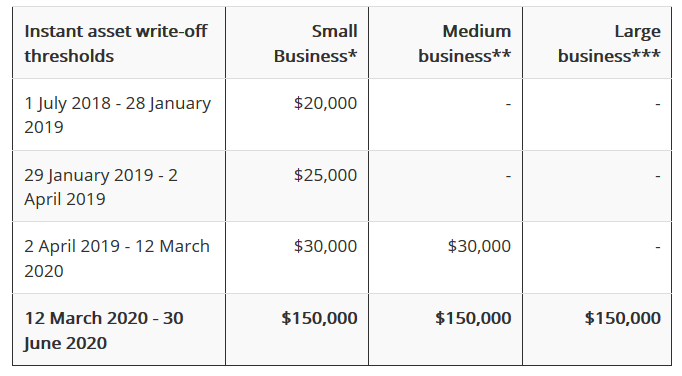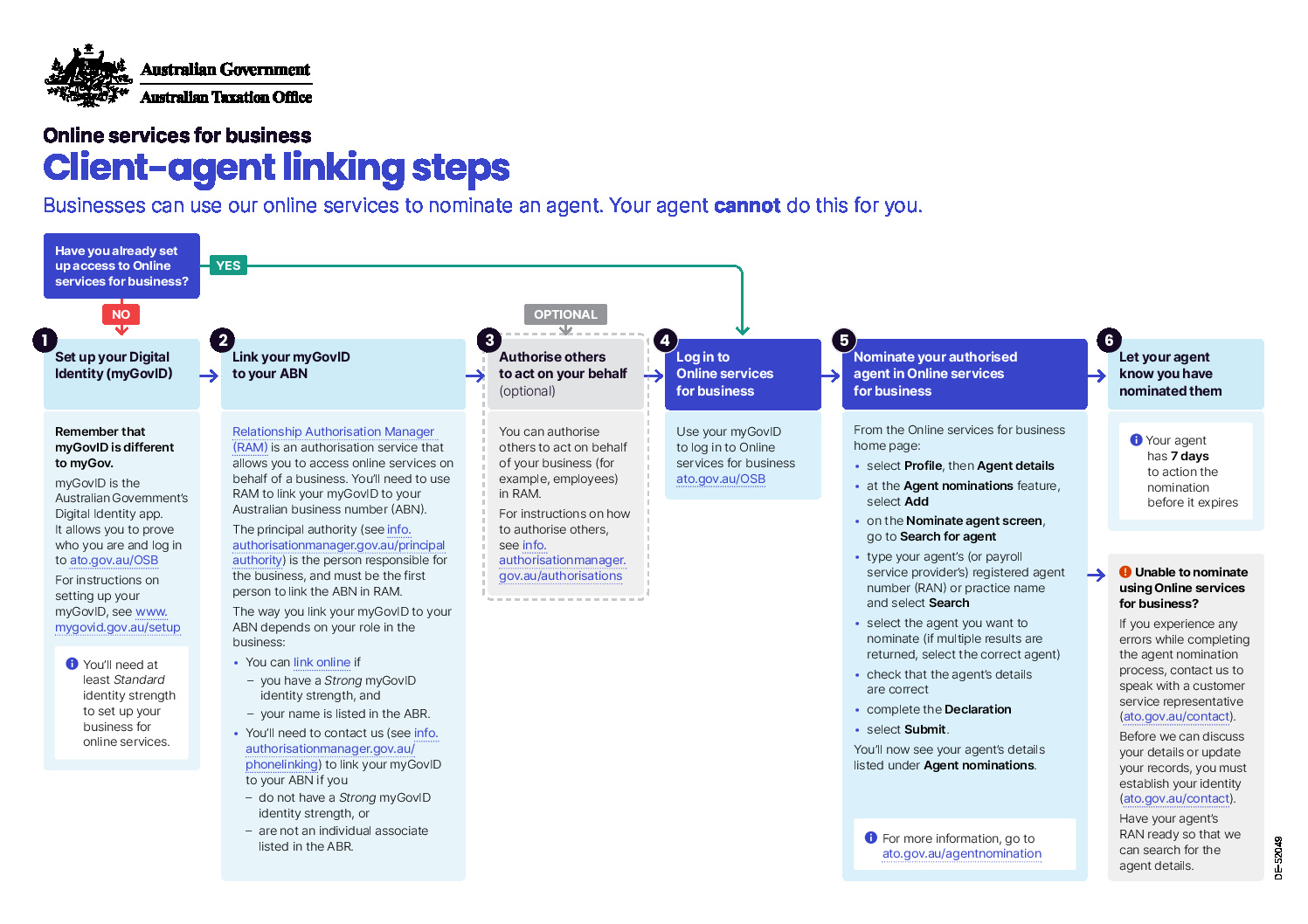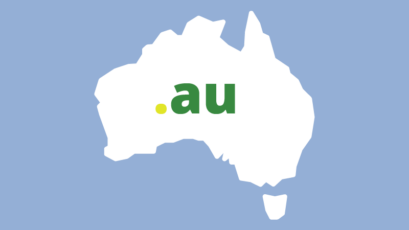With COVID-19 directly or indirectly impacting all businesses this year, 2020 business tax planning has never been more essential.
Even if your business turnover has decreased this financial year, it’s still critical to take every opportunity to optimise your tax and financial position before 30 June 2020. In fact, the Governments response to COVID-19 may provide you and your business with incentives that can provide long-term benefits for many years to come.
Is your business a Small Business Entity (SBE) for 2020?
To determine whether your business is eligible for certain concessions, you need to determine whether your business is a ‘small business entity’ (SBE) for the financial year. From the 2017 financial year onwards, a business is an SBE when it operates a business and has an aggregated turnover of less then $10m.
A partnership, company, trust or sole trader can be considered an SBE. To confirm whether your business is an SBE, either contact us, or check with the ATO: Work out if you’re a small business for the income year
Even if your turnover is above $10m for the 2020 financial year, keep reading as this articles includes 2020 business tax planning strategies for both large and small businesses.
JobKeeper: Time-frames, Eligibility, Payments
Applies to all eligible businesses.
The JobKeeper $1,500 per fortnight per employee subsidy is paid in arrears to businesses that have experienced a downturn of 30% or more. The purpose of the scheme is to keep workers employed and ensure there is a viable workforce on the other side of the pandemic.
JobKeeper Scheme Time-frame
JobKeeper is set to continue until 27 September 2020. And for businesses, JobKeeper’s decline in turnover is a once only test. If the eligibility criteria were met at the time of applying for JobKeeper, a business can continue claiming the subsidy assuming the other eligibility criteria for them and the individual employees, are met.
JobKeeper Eligibility
We expect continuing eligibility to the subsidy will change over time as the regulators gain a clearer insight into the impact of the pandemic. Much of this data is likely to come from the actual and estimated GST turnover that forms part of the compulsory monthly JobKeeper reporting requirements in tandem with the volume of applications to Jobseeker.
If your business did not initially qualify for JobKeeper, you can apply to start JobKeeper payments when you meet the eligibility criteria. Not every industry will experience the economic impact of the pandemic in the same way. Some will experience a greater decline in later months.
One of our most asked questions about the decline in turnover test is ‘what if I got it wrong?’ Eligibility is generally based on an estimate of the negative impact of the pandemic on an individual business’s turnover. Some will experience a greater decline than estimated while others will fall short of the required 30%.
There is no clawback if you got it wrong as long as you can prove the basis for your eligibility going into the scheme. For those that, in hindsight, did not meet the decline in turnover test, you need to ensure you have your paperwork ready to prove your position if the ATO requests it. You will need to show how you calculated the decline in turnover test and how you came to your assessment of your expected decline, for example, a trend of cancelled orders or trade conditions at that time.
JobKeeper Payments
To be eligible for JobKeeper payments, staff must be paid at least $1,500 during each JobKeeper fortnight. If you pay employees less frequently than fortnightly, the payment can be allocated between fortnights in a reasonable manner. For example, if you pay your employees on a monthly pay cycle, your employees must have received the monthly equivalent of $1,500 per fortnight.
For the first two JobKeeper fortnights (30 March-12 April, 13 April-26 April), employers had an extension until 8 May to make the JobKeeper payments to eligible employees. For the remaining JobKeeper fortnights, employees will need to receive at least $1,500 by the end of each JobKeeper fortnight or the monthly equivalent of $1,500 per fortnight. Depending on your pay cycle, this may require some adjustments each month.
Company tax rate reduction
Applies to companies where aggregated turnover less than $50m and no more than 80% of the company’s assessable income is base rate entity passive income.
From 1 July 2020, the company tax rate for base rate entities (BREs) will reduce to 26% and then down to 25% from 1 July 2021.
For entities that are not base rate entities, the company tax rate of 30% still applies.
Utilising franking credits
Applies to companies.
The reduction in the company tax rate will also change the maximum franking rate that applies to dividends paid by base rate entities (BRE). The way the rules normally work is that if the company was classified as a base rate entity and was taxed at the lower corporate tax rate in the previous year then a lower maximum franking rate will apply to dividends paid in the current year. For example, the maximum franking rate for a BRE that pays a franked dividend in the 2020 year is 27.5%. However, in 2021, the maximum franking rate will be 26%.
Some companies may have franking account balances that have accumulated over time and will reflect prior company tax rates. It is important to consider how these credits can be utilised in an efficient manner. One strategy could be to bring forward the payment of dividends to utilise the current 27.5% franking rate before the company tax rate reduces to 26% if the cashflow of the company allows for it.
Tax treatment of Government grants and relief
Applies to all eligible businesses.
During the pandemic, bushfires and floods, grants and loans have been available to help business and individuals through the crisis. The way these grants and loans are taxed will vary.
If you carry on a business and the payment relates to your continuing business activities, then it is likely to be included in your assessable income for income tax purposes. This position is likely to be different where the payment was made to enable you to commence a new business or cease carrying on a business.
Grants will generally be assessable income unless a law has been passed to specifically exclude the grant or loan from tax. For example, the special disaster grant for the bushfires was made non‑assessable and non-exempt income. Also, amounts provided under the cash flow boost measure are non-assessable non-exempt income.
When it comes to GST treatment, the key issue is whether the grant is consideration for a supply. That is, was the business expected to deliver something for the grant? The following government payments are not consideration for a supply and therefore not subject to GST or included in your GST turnover:
- JobKeeper payment
- Cash flow boost payment
- The Early Childhood Education & Care Relief Package paid to approved child care providers
- Payment of grants to an entity where the entity has no binding obligations to do anything or does not provide goods and services in return for the monies.
Utilising the $150,000 instant asset write-off
Also Read: Instant Asset Write-Off Extended to 31 December 2020
Applies to all eligible businesses.
The instant asset write-off enables your business to claim an upfront deduction for the full cost of depreciating assets in the year the asset was first used or installed ready for use for a taxable purpose.
The COVID-19 stimulus measures temporarily increased the threshold for the instant asset write-off between 12 March 2020 and 30 June 2020 from $30,000 to $150,000, and expanded the range of businesses that can access the threshold to those with an aggregated turnover of less than $500 million.
For example, if your company’s turnover is under $500 million and you purchase an eligible asset for $140,000 (GST-exclusive) on 1 June 2020 (and install it ready for use by 30 June 2020), then a deduction of $140,000 can be claimed. If the company is subject to a tax rate of 27.5% then this should reduce the tax payable by the company for the 2020 income year by $38,500.
If your business is likely to make a tax loss for the year, then the instant asset write-off is unlikely to provide a direct short-term benefit to you. However, if this measure is likely to reduce the taxable income of the business for the year then it may be possible to vary upcoming PAYG instalments to improve cash flow.
If the asset is a luxury car then the deduction will be limited to the luxury car limit ($57,581 in 2019-20).
The business use percentage of the asset also needs to be taken into account in calculating the deduction. For example, if a sole trader acquires a car for $40,000 but only expects to use it 80% in the business then the immediate deduction would be $32,000.
The increase to the instant asset write-off threshold in the stimulus package is the fourth increase or extension and businesses will need to be wary of what they are claiming and when:

*Small Business: aggregated turnover under $10 million
**Medium Business: aggregated turnover under $50 million
***Large Business: aggregated turnover under $500 million
At this stage it is expected that the instant asset write-off threshold will reduce back to $1,000 from 1 July 2020 for small business entities and that the instant asset write-off rules will no longer be available to medium and large businesses.
For assets costing $150,000 or more
For small businesses (aggregated turnover under $10m), assets costing $150,000 or more can often be allocated to a pool and depreciated at a rate of 15% in the first year and 30% for each year thereafter. Having said that, depending on when the asset was acquired and first used in the business the rate of deduction in the first year could be higher (see accelerated depreciation deductions below).
If the closing balance of the pool, adjusted for current year depreciation deductions (i.e., these are added back), is less than $150,000 at the end of the 2020 income year, then the remaining pool balance can be written-off as well.
Pooling is not available for medium and large businesses, which means that the depreciation rules will apply to assets that don’t qualify for an immediate deduction.
Quill’s Top 2020 Business Tax Planning Tips
Declare dividends to pay any outstanding shareholder loan accounts
Applies to companies only.
If your company has advanced funds to a shareholder or related party, paid expenses or allowed a shareholder or other related party to use assets owned by the company, then this can be treated as a taxable dividend. The regulators expect that top up tax (if any applies) should be paid by shareholders at their marginal tax rate once they have access to these profits. This is unless a complying loan agreement is in place.
If you have any shareholder loan accounts from prior years that were placed under complying loan agreements, the minimum loan repayments need to be made by 30 June 2020. It may be necessary for the company to declare dividends before 30 June 2020 to make these loan repayments.
The tax rules in this area can be extraordinarily complex and can lead to some very harsh tax outcomes. It is important to talk to us as soon as possible if you think your company has made payments or advanced funds to shareholders or related parties.
Directors’ fees and employee bonuses
Any expected directors’ fees and employee bonuses may be deductible for the 2019-20 financial year if you have ‘definitely committed’ to the payment of a quantified amount by 30 June 2020, even if the fee or bonus is paid to the employee or director after 30 June 2020.
You would generally be definitely committed to the payment by year-end if the directors pass a properly authorised resolution to make the payment by year-end. The employer should also notify the employee of their entitlement to the payment or bonus before year-end.
The accrued directors’ fees and bonuses need to be paid within a reasonable time period after year-end.
Write-off bad debts
To be a bad debt, you need to have brought the income to account as assessable income and given up all attempts to recover the debt. It needs to be written off your debtors’ ledger by 30 June. If you don’t maintain a debtors’ ledger, a director’s minute confirming the write-off is a good idea.
Review your asset register and scrap any obsolete plant
Check to see if obsolete plant and equipment is sitting on your depreciation schedule. Rather than depreciating a small amount each year, if the plant has become obsolete, scrap it and write it off before 30 June.
If your business was previously classified as a small business and assets were allocated to a small business pool, you can continue to claim one deduction for each pool for these assets.
Bring forward repairs, consumables, trade gifts or donations
To claim a deduction for the 2019-20 financial year, consider paying for any required repairs, replenishing consumable supplies, trade gifts or donations before 30 June.
Pay June quarter employee super contributions now
Pay June quarter super contributions this financial year if you want to claim a tax deduction in the current year. The next quarterly superannuation guarantee payment is due on 28 July 2020. However, some employers choose to make the payment early to bring forward the tax deduction instead of waiting another 12 months.
Don’t forget yourself. Superannuation can be a great way to get tax relief and still build your personal wealth. Your personal or company sponsored contributions need to be received by the fund before 30 June to be deductible.
Realise any capital losses and reduce gains
Neutralise the tax effect of any capital gains you have made during the year by realising any capital losses – that is, sell the asset and lock in the capital loss. These need to be genuine transactions to be effective for tax purposes
Raise management fees between entities by June 30
Where management fees are charged between related entities, make sure that the charges have been raised by 30 June. Where management charges are made, make sure they are commercially reasonable and documentation is in place to support the transactions. If any transactions are undertaken with international related parties then the transfer pricing rules need to be considered and the ATO’s documentation expectations will be much greater. This is an area under increased scrutiny.
How to set up a family trust
If you’ve been wondering how to set up a family trust correctly, you are not alone. Thousands of new family trusts are set up in Australia each year for a variety of reasons including asset protection, tax optimisation or to act as the legal structure for a business.
The following article from Christina Wolfsbauer of Intello Legal provide a step-by-step guide on how to set up a family trust.













